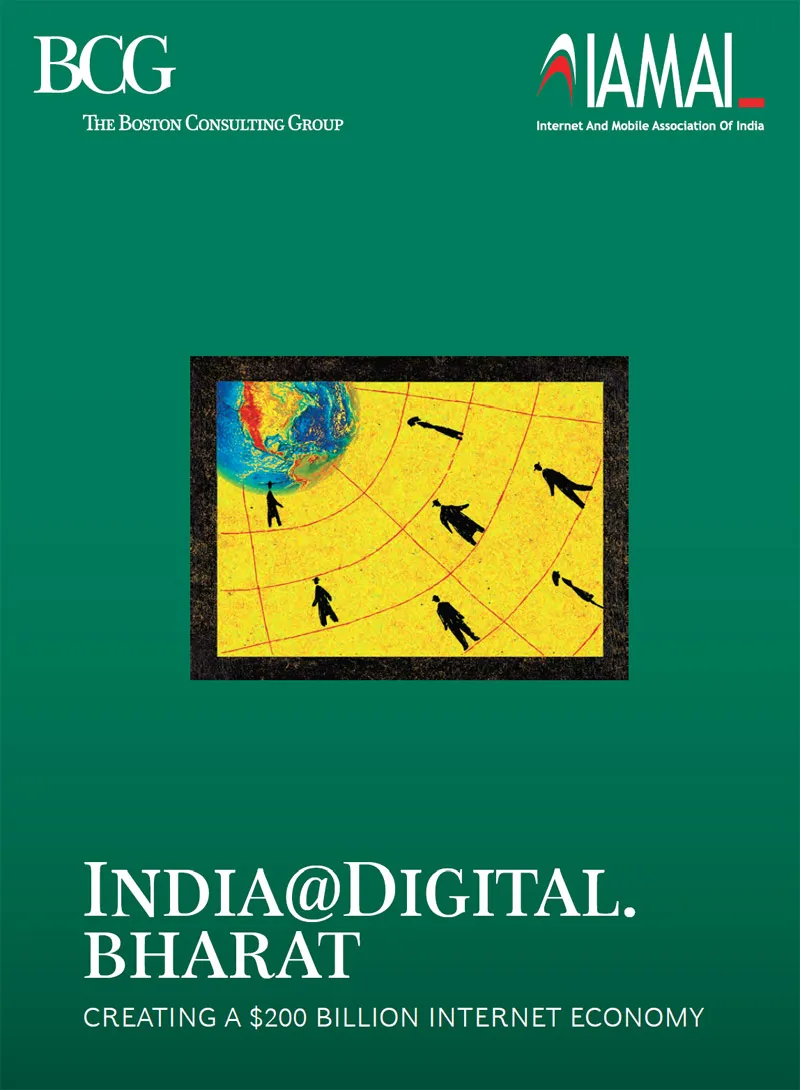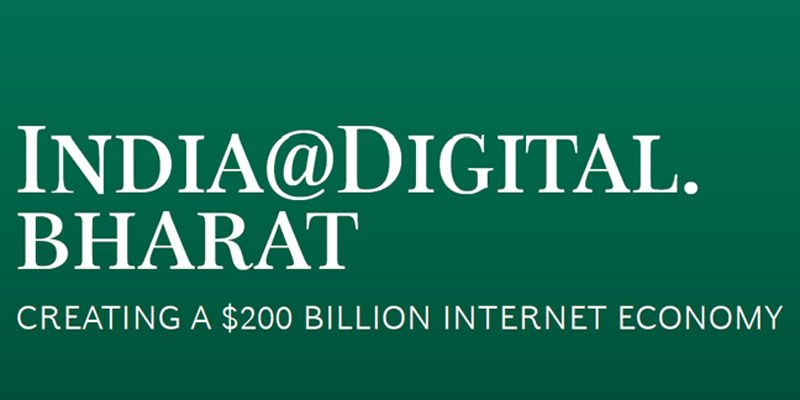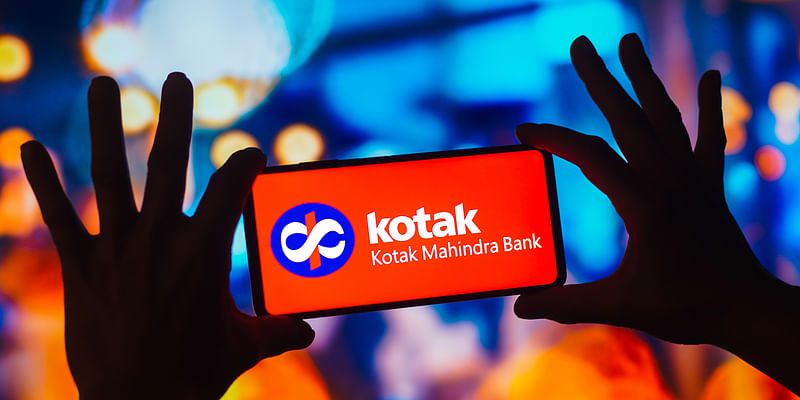Internet growth, impacts and success: what will India be like with 550 million users in 2018?
In 2001, there were about seven million Internet users in India. That number could cross 550 million in 2018 in the best case scenario, making it the second largest online population in the world. But without proper enabling conditions, the user base could only be 400 million in 2018, according to the 2015 report ‘[email protected]’ by the Boston Consulting Group (BCG) and Internet and Mobile Marketing Association of India (IAMAI).

The 40-page report covers GDP contribution of the Internet, user segments, business transformations and a call to action for all key stakeholders. India’s 190 million Internet user base in June 2014 was third in the world after China’s 620 million and the US with 275 million.
“India is the third country in the world to have over five internet companies valued at over US$ 1 billion. India is the fastest growing internet country but we need to move from narrow band to broadband at the earliest,” said Rajan Anandan, Chairman IAMAI and Managing Director, Google India.
India constitutes the second largest market in the world for Facebook and LinkedIn. However, the projected penetration of the Internet in 2015 is just 19 per cent in India compared to 50 per cent in China and 61 per cent in Brazil.
There are “broader ripple effects” beyond GDP numbers: over 50 per cent of online subscribers use the net to make informed purchase decisions; Piramal’s eSwasthya programme improves healthcare choices and delivery; and the Internet helped drive voter outreach during the 2014 elections. Here are my key takeaways from the report, summarised in the five sections below.
1. Internet user segments
The report classifies Internet users into the following segments: active aspirers, professional pros, social shoppers, entertainment enthusiasts, novel networkers, late learners and data discoverers. These, in turn, are split across three segments: Tier 1 cities, Tier II-IV cities and rural users. Active aspirers or early adopters are largely made up of youth users; entertainment enthusiasts are among the heaviest users of the Internet; late learners include groups like elders; and data discoverers are early-stage users of the Internet.
Rural Internet users will increase from 60 million in June 2014 to 280 million in 2018, provided initiatives such as the government’s National Optic Fibre Network (NOFN) bear fruit on target. By comparison, strong support for broadband infrastructure in China has helped it become one of the largest e-commerce markets in the world, with 10 per cent of retails sales taking place online.
The 2018 Internet user base of India is projected to be 54 per cent above the age of 25, 40-50 per cent rural, 30 per cent female and 70-80 per cent mobile. “The class of 2018 will be more rural, older, more gender-equal, more mobile and more vernacular than their counterparts of today,” the report predicts. Initiatives such as Google’s Indian Languages Internet Alliance (ILIA) are targeted at the next 300 million Internet users who would prefer content in their local languages.
2. Measuring the Internet economy
The report divides Internet contributions of the economy into four areas: direct GDP contribution (connectivity, devices, infrastructure, ads, paid content and e-commerce), online transactions, productivity benefits and socio-economic impacts.
In 2013, the Internet contributed USD 60 billion or 2.7 per cent of India’s GDP – larger than the contribution of healthcare (2.5 per cent) and military (2.5 per cent), but less than agriculture (14 per cent). By 2020, the Internet is estimated to grow over 4 per cent of India’s GDP. E-commerce will cross USD 17 billion in 2018 and eight million SMEs (out of 13 million SMEs); 200 million individuals will transact online.
Safety of women in India is a major concern. Some technology-driven solutions have emerged, like mobile app VithU, which sends alerts as a form of improved individual security, or online safety campaigns on Avaaz.org and Change.org. This may help increase women’s participation in the economy. In 2012, women constituted only 29 per cent of the Indian workforce compared to China’s 64 per cent, according to the report.
3. Internet impacts
The report classifies Internet impacts on society into four types: better decision making, online activities replacing offline ones, outreach/inclusion and improved livelihood. Online information sources improve purchasing of electronic goods, consumer durables, automobiles, financial services and other retail items.
Social media and messaging are replacing voice calls and postal mail. E-commerce is enabling sellers to reach remote buyers without setting up shop in their neighbourhoods, or creating new kinds of business models such as LensKart and TravelKhana. Social enterprises and micro-finance, too, are enabled by digital solutions, as with Milaap and CraftsVilla.
4. Unlocking the potential
E-commerce is used only by 11 per cent of India’s Internet users compared to 50 per cent in China, 34 per cent in Brazil and 63 per cent in Sri Lanka. So, long-term success factors for harnessing the Internet include ubiquitous and affordable access, digital security for transactions, appropriate IT laws, digital literacy of SMEs, local language Internet and entrepreneurial support.
Quality and speed of urban access, however, is still an issue. While mobile will be a key access device, larger devices will continue to be important in areas like education and business. On the e-payment front, multi-factor authentication is a challenge for many citizens, and content regulations in many cases are still ambiguous.
5. Game changing examples
The report concludes with profiles of digital creativity in action at the business, government and education levels. These include MeritNation.com (school study materials), Verse (NewsHunt app for regional language content), Veekay Computers, CompuShop, Sangeetha Mobiles, BooksWale, XL Retail, Gift O Watch, Basement Bazaar, Aapno Rajasthan and RedLily.com.
In sum, the report's narrative provides a grand sweep of the Internet economy of India, ranging from infrastructure to entrepreneurship. It complements the other BCG reports on digital economy, Internet policy and online consumers. Periodic updates and new case studies would be most welcome for digital startups and investors in India.








